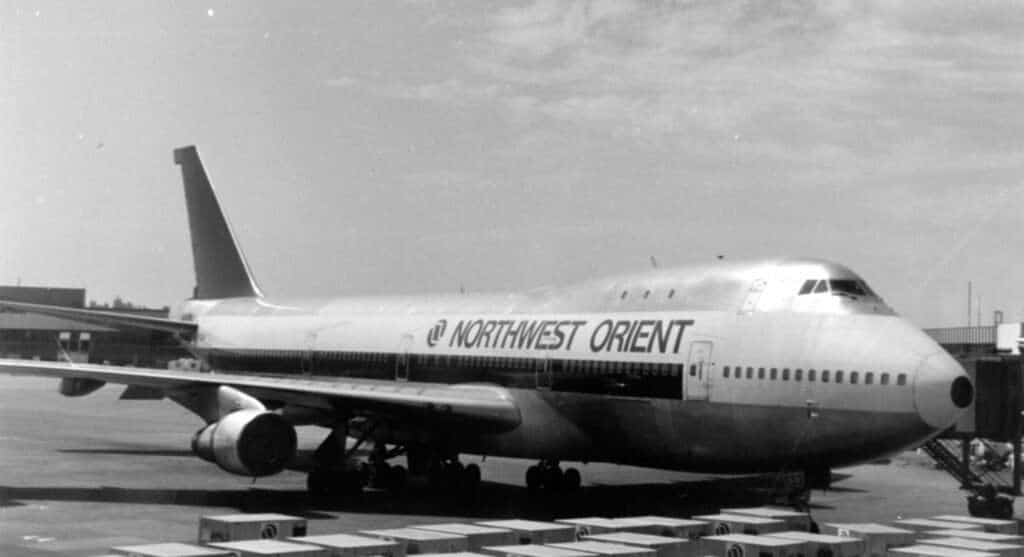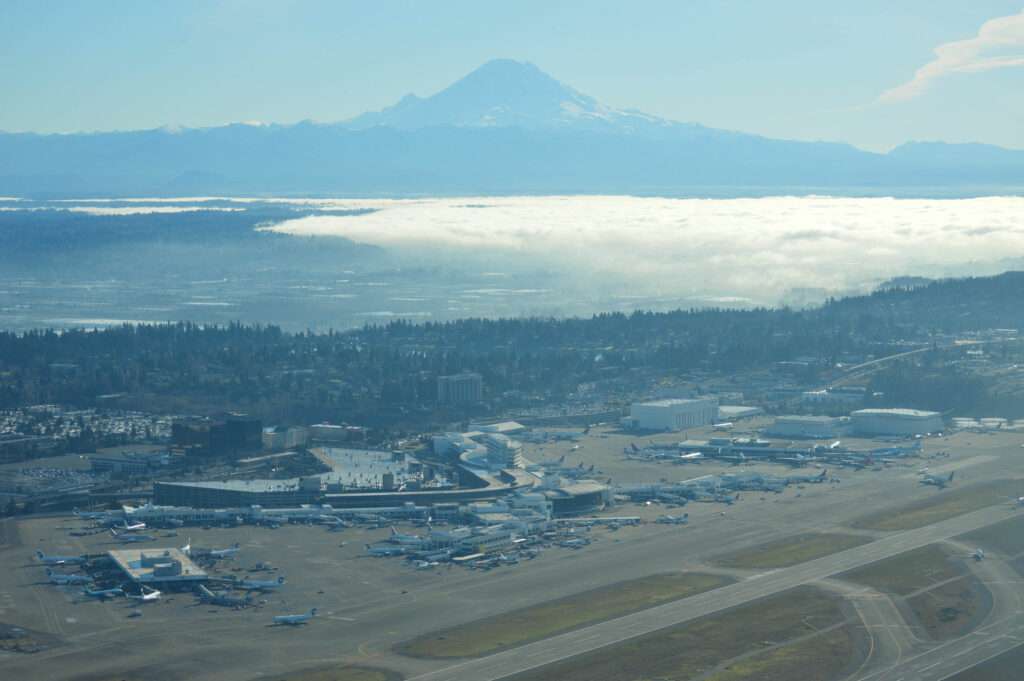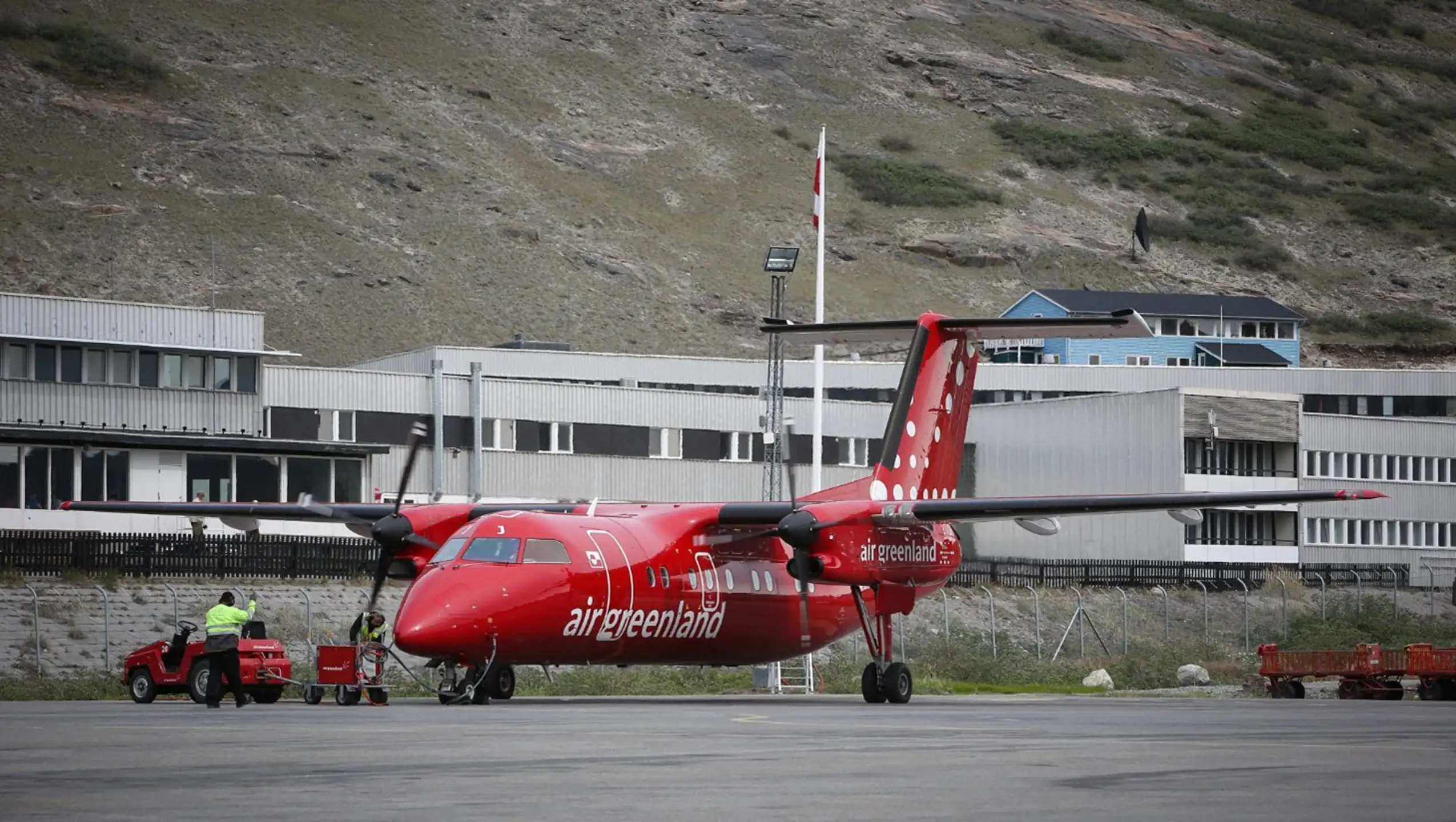Seattle-Tacoma International Airport (SEA), also known as Sea-Tac, is a cornerstone of the Pacific Northwest’s aviation landscape.
Today, it ranks as the eighth busiest airport in the United States for passenger traffic, a far cry from its modest beginnings in the 1940s.
This article explores the history of SEA, tracing its evolution from a wartime airfield to a major international gateway.
Early Days: Responding to a Growing Need
Prior to World War II, Seattle lacked a dedicated commercial airport.
Boeing Field, initially a factory airfield, handled some passenger traffic, but limitations became evident.
Recognizing the need for a larger facility, the City of Seattle began acquiring land south of the city in the early 1940s.
The federal government’s wartime focus on aviation development provided a crucial boost. Construction of the airport, initially called the Seattle-Tacoma Airport, began in 1943.
The first commercial flight landed at Sea-Tac in 1944, operated by United Airlines.
Following the war’s conclusion, the Port of Seattle assumed control of the airport in 1946, recognizing its potential as an economic driver for the region.
Post-War Expansion: The Rise of Jetliners
The post-war era witnessed a surge in air travel, fueled by the introduction of jetliners.
Sea-Tac underwent significant expansion throughout the 1950s and 1960s to accommodate the larger, faster aircraft.
The iconic main terminal, designed by renowned architect Roland W. Roehrich, opened in 1953.
Its distinctive curved roof and expansive windows became synonymous with Sea-Tac.
This period also saw the emergence of Alaska Airlines as a major player at the airport.
Founded in 1932, Alaska Airlines established its hub at Sea-Tac in 1946, capitalizing on the airport’s strategic location for serving Alaska and the Pacific Northwest.
The Jet Age and Global Reach at Seattle-Tacoma International Airport…

The 1970s and 1980s saw the jet age truly take hold.
Sea-Tac continued to expand its terminal facilities and welcomed new airlines, solidifying its position as the primary international airport for the region.
A critical development came in 1970 with the opening of the North Satellite Terminal, significantly increasing the airport’s capacity.
International travel grew steadily, with Sea-Tac offering direct flights to destinations in Europe and Asia.
Modernization and Sustainability Efforts (1990s-Present)

The past few decades have been marked by ongoing modernization efforts at Sea-Tac.
The airport has prioritized improvements to infrastructure, security, and passenger amenities.
The Concourse C expansion in 2009 added capacity for international arrivals.
Environmental sustainability has also become a focus.
The Port of Seattle has implemented several initiatives to reduce the airport’s carbon footprint, including energy-efficient lighting and the use of biofuels in ground vehicles.
Looking ahead, Sea-Tac faces the challenge of balancing growth with maintaining a smooth and efficient passenger experience.
The Port of Seattle continues to invest in expansion projects, including the construction of a new international arrivals facility.
Conclusion

From its wartime origins to its current status as a major international airport, Seattle-Tacoma International Airport has played a vital role in the growth and prosperity of the Pacific Northwest.
As Sea-Tac continues to evolve, it remains a key symbol of the region’s connection to the wider world.
The airport’s future promises continued expansion, innovation, and a commitment to serving the travel needs of a growing and dynamic region.

Click the banner to subscribe to our weekly newsleter.

Click the photo to join our WhatsApp channel so then you can stay up to date with everything going on in the aviation industry!








